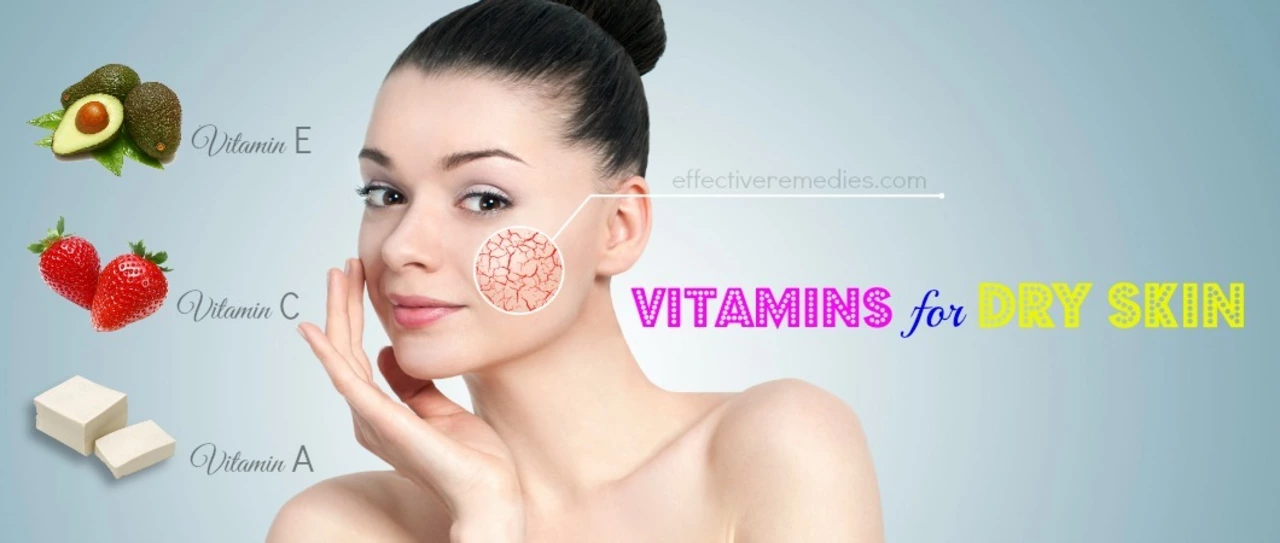Wound Recovery: Simple Steps to Heal Faster
Wounds heal best when you act fast and avoid common mistakes. A small cut that’s cleaned and dressed properly usually gets better in days. A deeper or dirty wound needs more than just a bandage. Here’s a plain-English guide to help you speed healing, reduce scarring, and spot trouble early.
Quick steps for immediate care
Stop the bleeding: press a clean cloth or gauze for 5–10 minutes. If bleeding won’t stop, get urgent care.
Clean it gently: rinse with cool running water or sterile saline. Mild soap around the wound is okay, but don’t scrub the injury itself. Skip repeated use of hydrogen peroxide or alcohol — they kill cells that help heal.
Apply a thin layer of antibiotic ointment if the wound is minor and you aren’t allergic. Cover with a sterile dressing or adhesive bandage. A moist dressing helps new skin grow faster than letting the wound dry out.
Change the dressing daily or when wet/dirty. Watch for increased redness, warmth, swelling, pus, worsening pain, or fever — these can mean infection and need medical review.
Speed healing with smart care and food
Keep it protected but not suffocated. Airing a clean wound for short periods can help, but extended exposure and drying scabs slow healing and raise scarring risk. After the wound closes, switch to gentle skin care and sunscreen to avoid dark scars.
Eat to heal: your body needs extra protein and vitamin C to rebuild tissue. Think lean meats, eggs, beans, citrus, berries, and bell peppers. Zinc helps too — nuts, seeds, and whole grains are good sources. Stay hydrated and avoid crash diets when recovering.
Avoid smoking and heavy alcohol — both reduce blood flow and delay repair. If you’re on steroid medications (like prednisone) or some immunosuppressants, healing may be slower; tell your clinician if a wound isn’t improving.
When to see a doctor: if the wound is deep, has jagged edges, involves the face or hands, was caused by an animal bite or rusty object, or won’t stop bleeding. Also seek care for signs of infection or if you have diabetes, poor circulation, or a weakened immune system. You may need stitches, a tetanus shot, or prescription antibiotics.
Reduce long-term scarring by starting gentle massage with a non-irritating lotion once the wound is fully closed. Silicone sheets or gels can flatten and soften scars when used as directed. Always protect healing skin from sun — UV exposure darkens scars and makes them more noticeable.
Small wounds usually get better in a week or two. Bigger wounds take longer and may need follow-up. If something feels off, don’t wait — early treatment prevents complications and speeds recovery.

The Role of Vitamin E in Healing Abrasions
In my latest blog post, I discussed the important role of Vitamin E in healing abrasions. I found out that this essential nutrient helps speed up the healing process by promoting cell regeneration and fostering a healthy immune response. Additionally, Vitamin E has antioxidant properties that protect our skin from damage caused by free radicals. I also shared some tips on how to incorporate more Vitamin E-rich foods into our diets and the option of using topical creams for better wound care. Overall, including Vitamin E in our daily lives can make a significant difference in the healing of abrasions and maintaining skin health.
Read more